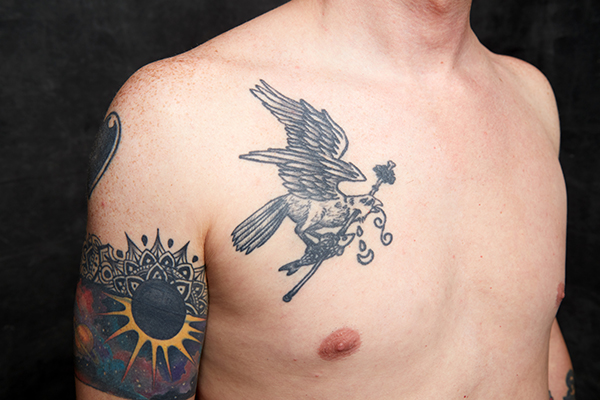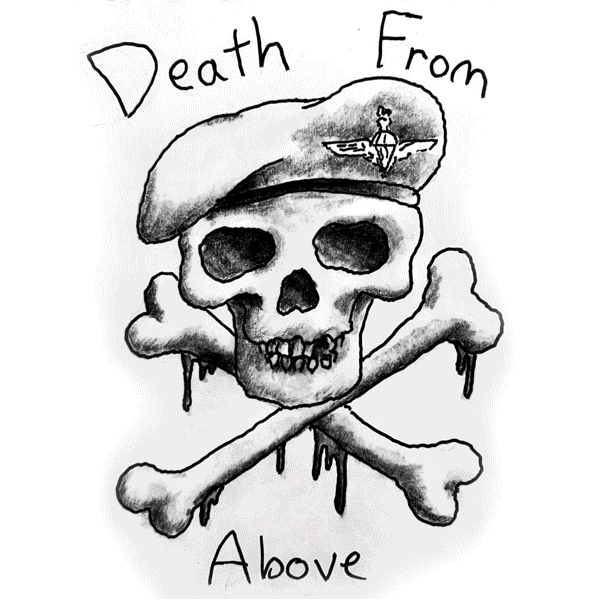
THE ALLURE OF TATTOOS, LIKE THAT OF THESE LASTING ADORNMENTS THEMSELVES, WILL NEVER GO AWAY
by Edward M. Gómez
photographs of Clay Anderson and Marcel d’Eon Aer
by Bill Westmoreland
What is it about tattoos and the inescapably painful experience of going under the needle to obtain them that continues to attract so many admirers of an ancient form of body decoration in so many different places around the world today? In Berlin, London, New York, Los Angeles, and even Tokyo, where, traditionally, visible tattoos are frowned upon, since they are traditionally associated with gangsters, increasing numbers of aficionados, especially young people, are notably inked. Rural outposts, too? Yep. There, tattoo artists have the ink-coveting population covered.
As tattoos, which were once badges of membership in outlaw, marginalized, or self-styled renegade communities, have gone widely mainstream, suburban moms are as likely to sport some decorated skin — and ankle doodad here, a hint of color on a shoulder there — as their hipster children.
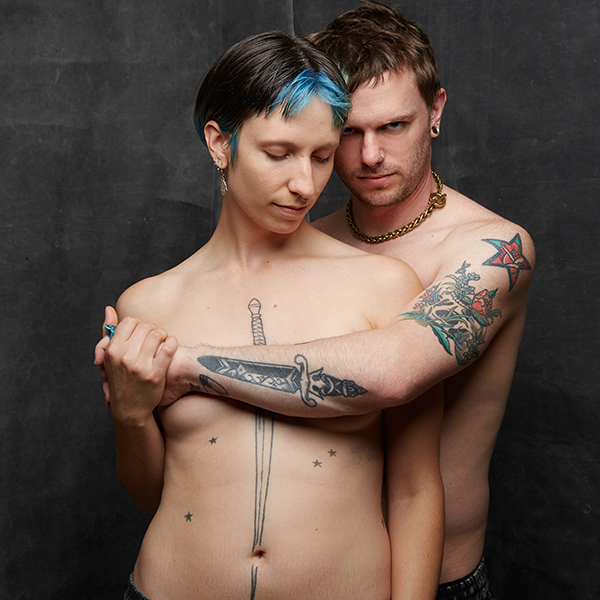
This month, brutjournal speaks with numerous tattoo artists and tattoo collectors, as those who enthusiastically decorate their bodies often call themselves, to find out if tattooing may still be regarded as a transgressive mode of self-expression, what the experience of being tattooed feels like — physically, emotionally, maybe even erotically — and why, for the ink-loving masses, the thrill is far from gone.
You’ll find a selection of articles on these themes on the Home Page and on the Big Page. They include some vivid photo portfolios, too, showing a range of striking encounters between imaginatively deployed ink and vulnerable flesh. As for the pain and the permanence of it all, “Ouch!” some say loudly, while others declare, “Bring ’em on.”
To get started on our research, we caught up with Clay Anderson, 35, a New York-based photographer who specializes in street photography, and Marcel d’Eon Aer (who is known as “D’Eon”), 26, a practitioner of what is known as handpoke tattooing. Both Clay and D’Eon moved to New York from the South.
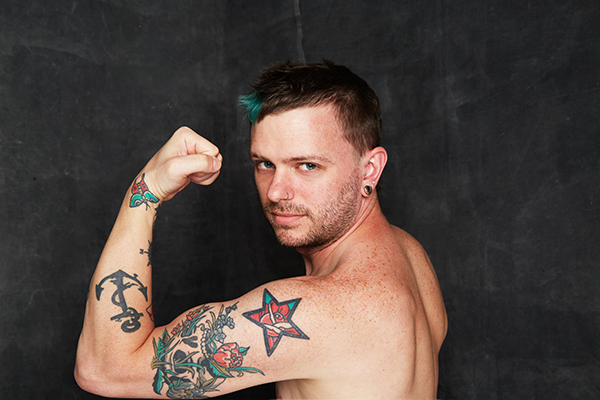
Clay told us: “I was a rebellious teen; I was interested in tattoos and piercings from an early age. My father was a blue-collar, Southern man who was strict about these things and would not even allow me to have my ears pierced, so I never brought up the idea of getting a tattoo. I would pierce my ears myself using a sewing needle and ice, usually the night before school so that I could wear an earring to school and then take it out before I got home. I did this constantly.”
“One year, on a family vacation to Florida when I was 16, we passed by a piercing shop, and I asked again to have my ear pierced, and my father unexpectedly said yes. I’m not sure what had changed. I followed up with, ‘Well, can I get a tattoo, too?’ He said yes. I didn’t end up getting the piercing that day, because the shop was too busy, but as soon as we got back home, I went to get my ear pierced and I also got my first tattoo. I got a ring in my ear and a star tattooed on my shoulder. I was probably one of the only kids in my school with a tattoo.”
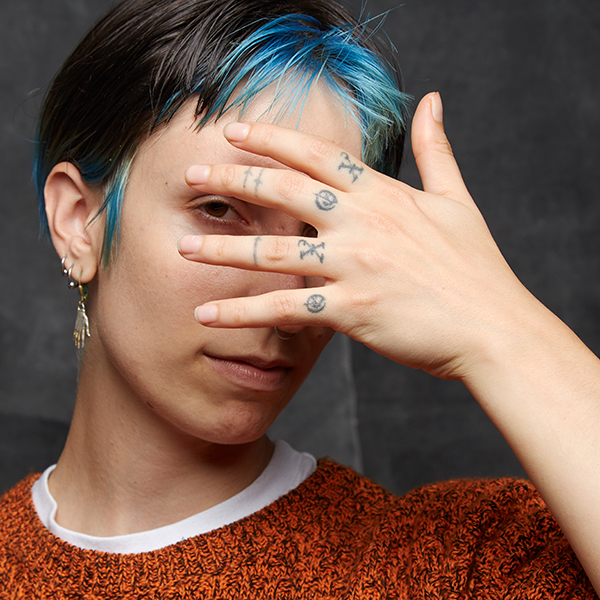
D’Eon’s first tattooing experiences were of the DIY variety. D’eon recalled: “I always thought that tats looked really cool, and I liked the idea that you could stab art onto your body, and it would stay there forever. I used to draw on myself during middle school with a pen, pretending [that my drawings] were permanent tattoos. My mom would get upset with me, insisting that I’d get ink poisoning and die. I was a goth kid, though, so I obviously kept doing it. When I was 17, I handpoked myself for the first time — it was my first tat ever, a simple set of finger tats: three bands with arrows pointing onward.”
Like many people who become tattoo-collecting devotees, Clay learned more about tattooing as an art and a technical procedure with each new acquisition. Clay noted: “The second time I got tattooed, I was 19 or so. More stars, this time on the insides of my wrists. I keep going back, because I like how tattoos look; I like having art on my body, tapping into the subculture of tattooing. I like them as a form of self-expression. There’s probably still a bit of the fuck-the-world rebel in me who likes them, too.”

Some of Clay’s tattoos were chosen from various tattooers’ so-called flash art, or their collections of designs that they routinely offer their customers, like available items on a menu. Many tattoo artists will work with their clients to develop desired motifs based on ideas they bring in or they can and will create all-new, customized designs. Clay said, “I’ve worked with tattooers to design a couple of pieces. I don’t feel like tattoos have to have meaning, although I suppose a couple of mine do, including my compass, which I got soon after I became sober, and my Three of Swords from the tarot deck. I like art for art’s sake and I like the idea of my skin as a canvas.”
D’Eon described a somewhat different tattoo-collecting history, noting, “A few of my tattoos are inspired by my favorite movies, songs, or artists. When I first began getting tattoos, I chose pictures and words that made me feel cool and trendy, or sometimes ironic. Now I choose words and images that I want to integrate into my personhood. Most of them I’ve designed; there are a couple that my friend Petey designed for me, such as the black metal Enya tattoo on my hip.”

Clay weighed in on the physical and psychological aspects of going under the tattooer’s needle. Clay observed, “The sensation is not pleasant. The amount of pain depends on the area of the body [that is being tattooed]; under my arm, near the armpit, and near my wrist were the worst for me. There’s a pressure and a pinching sensation, almost like having an electrical current flowing through the [affected] area. But, at some point, you reach a point at which your endorphins take over — my guess, as I’m no scientist — and the pain subsides, and you enter a euphoric state.”
Clay added, “That’s the sweet spot, and you’re riding pretty okay from there. I wouldn’t say that the tattooing experience is sexual or erotic for me, although I could see how it could be for [some] people, but there is definitely something cathartic about it. You’re really in tune with your body and sensations during the procedure — physically, mentally, and emotionally.”
D’Eon said, “My perspective on tattoos is very psychological; in a way, you become what you let your body hold, what you see every day. That’s why I like to be careful about what I etch into my body. I like to make sure it’s always something I really believe in and want to become. Maybe that’s too esoteric for some, but I feel like it’s helped me make solid decisions about which tattoos to get, what they look like, and where to get them.”
Clay, whose arms are largely covered with tattoos, said, “I’ve more recently moved to my hands and legs. I definitely plan to get more. I go through phases. Usually, immediately following getting tattooed, I already want another.”
